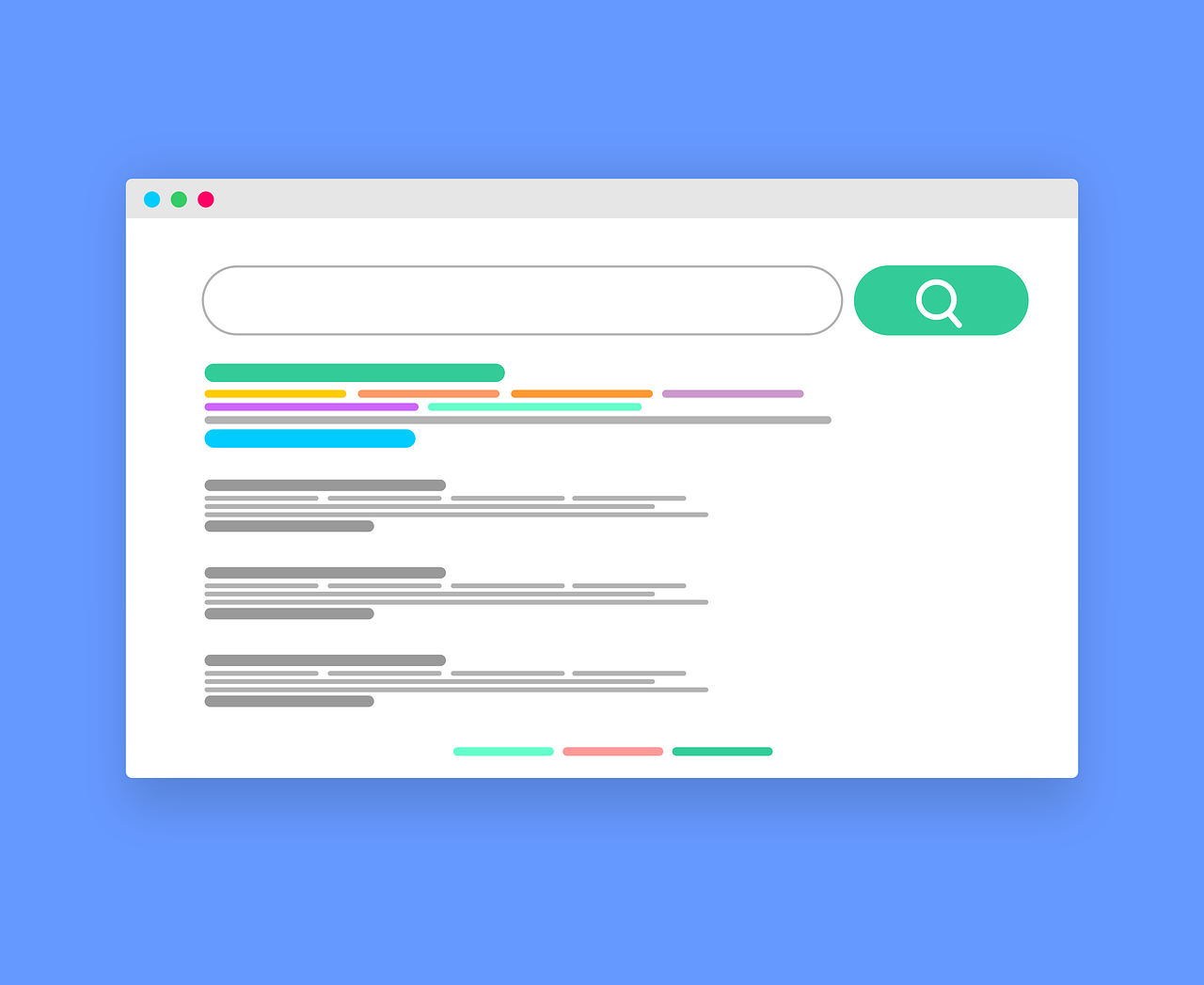The Essentials of Title Tag SEO

Title tags, at first look, seem simple, but they hold significant importance in the world of SEO. They serve a dual purpose: aiding in ranking and attracting clicks from users. This comprehensive guide covers the detailed process of creating effective title tags for SEO, highlights common pitfalls to avoid, and highlights their critical role in any SEO strategy.
What Are Title Tags?
Title tags are elements of HTML code that indicate the title of a webpage. These tags are visible in several places, including Google’s search results, social media posts, and browser tabs, providing a concise and accurate description of the webpage’s content.
The Significance of Title Tags in SEO
Title tags are crucial in SEO for two primary reasons:
- Ranking Factor: Though their impact is subtle, title tags are a recognized element in Google’s ranking algorithm.
- Click-through Rate: A well-crafted title tag can significantly influence the click-through rate by drawing more users to your content.
Crafting the Perfect Title Tag for SEO
Creating an ideal title tag is a process that begins with understanding your target keyword and extends to incorporating additional keywords and enhancing your titles’ click appeal.
Step 1: Targeting the Optimal Keyword
It’s important to include your target keyword in the title tag. However, verifying that you’re targeting the most effective keyword is equally important. Tools that can examine keywords are useful in identifying a more popular search term you might target instead.
Step 2: Including Additional Keywords
Users employ a variety of search terms that could lead to your content. Including these additional keywords can help you reach a wider audience.
Step 3: Enhancing Click Appeal
Encouraging clicks is crucial. An approach for this is to ensure your title is appealing and instills trust in users, making them want to read more.
Common Title Tag Pitfalls
Several common errors can reduce the effectiveness of your title tags. These include:
- Inconsistent Title Tags and SERP Titles: Google often rewrites title tags in search results, which can be problematic if the rewrite is less accurate or appealing.
- Length Issues: Title tags that are either too long or too short can be problematic. Keeping title tags concise yet descriptive is the best practice.
- Missing or Empty Title Tags: Absence of a title tag means you lose control over how your page appears in search results.
- Multiple Title Tags: More than one title tag can cause confusion for search engines and users.
- Misleading Titles: Titles that promise more than the content delivers can lead to a poor user experience and potentially harm your site’s rankings.
- Overuse of Keywords: Filling titles with too many keywords appears unnatural and can lead to penalties from Google.
The Necessity for Distinct Title Tags
While it’s important to have distinct title tags for each page, especially for blog posts, e-commerce sites with many products can use templates for efficiently generating unique title tags.
Prioritizing High-Performing Pages
For pages that rank well and attract substantial organic traffic, customizing the title tag can further enhance clicks and traffic. These pages deserve special attention to maximize their performance.
Final Thoughts
Perfecting title tag SEO is not just about understanding the technical aspects of creating an optimized title tag but also about capturing the user’s curiosity and interest. They might be a small part of the broader SEO landscape, but their impact is substantial, influencing both visibility in search results and user engagement.
Remember, success in SEO isn’t just about achieving a high ranking; it’s also about ensuring your audience chooses your content among the many options available.
FREE CONSULTATION FORM
RELATED BLOG
How Can You Optimize Content for SEO to Boost Your Rankings?
In today’s digital age, having a strong online presence is crucial for any business looking to succeed. Search Engine Optimization (SEO) plays a vital role in making this possible by improving the visibility and ranking of your web pages in search engines like...
How Can Local Search Engine Optimization Improve Your Business Visibility?
In today's digital age, having a strong online presence is crucial for businesses of all sizes. Local search engine optimization (SEO) is a powerful strategy that helps businesses connect with potential customers in their local area. By optimizing for local...
How Can Digital Marketing Transform Your Business in 2024?
In today's fast-paced business world, digital marketing has become an essential tool for companies looking to grow and succeed. We at Rank Your Niche understand the power of effective online marketing strategies and how they can revolutionize your business...



